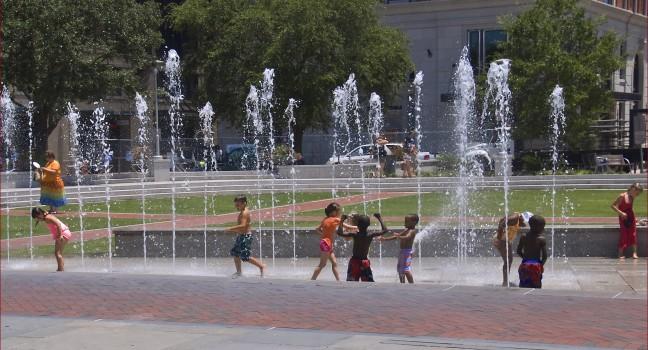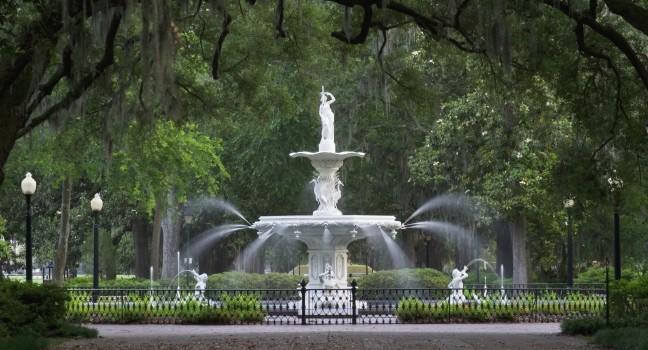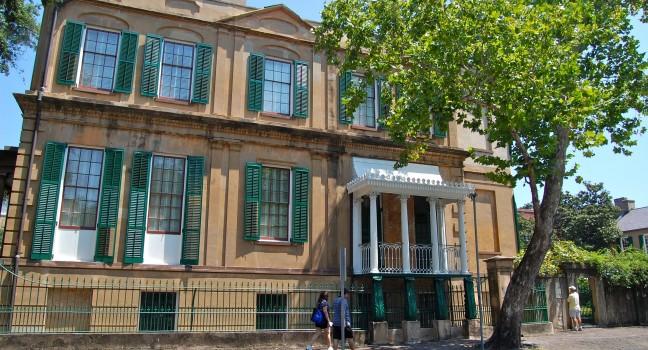Bonaventure Cemetery
The largest and most famous of Savannah's municipal cemeteries, Bonaventure spreads over 160 acres and sits on a bluff above the Wilmington River. Once a sprawling plantation, the land became a private cemetery in 1846 and was established as a public cemetery in 1907. An emblematic destination for visitors, the evocative landscape is one of lush natural beauty transposed against an elegant, eerie backdrop of lavish marble headstones, monuments, and mausoleums as well as sweeping oaks and blooming camellia trees. John Muir reportedly camped at Bonaventure in 1867 on his legendary "thousand-mile walk," and local photographer Jack Leigh, novelist and poet Conrad Aiken, and singer-songwriter Johnny Mercer are among those interred here. Great tours of the cemetery are offered by "Bonaventure Don."






